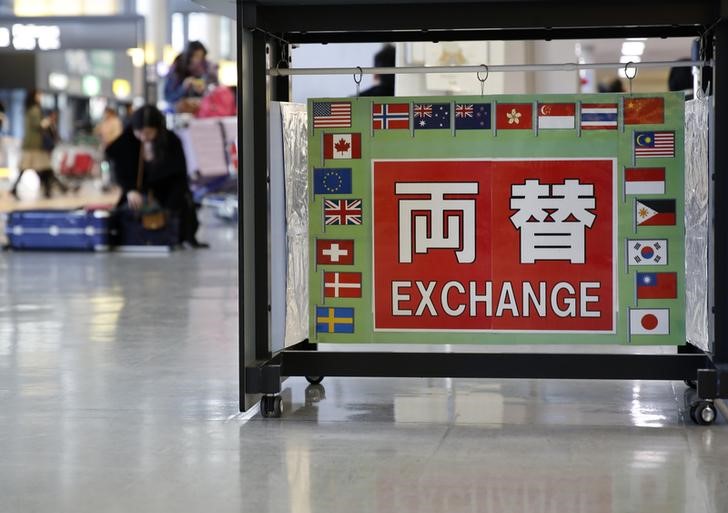(Bloomberg) -- U.S. economic growth slowed more than expected in the third quarter to the softest pace of the pandemic recovery period as snarled supply chains and a surge in Covid-19 cases throttled spending and investment.
Gross domestic product expanded at a 2% annualized rate following a 6.7% pace in the second quarter, the Commerce Department’s preliminary estimate showed Thursday.
The deceleration reflected a sharp slowdown in personal consumption, which grew at just a 1.6% pace after a rapid 12% jump in the prior period. Shortages, transportation bottlenecks, rising prices and the delta variant of the coronavirus weighed on both goods and services spending.
The median forecast in a Bloomberg survey of economists called for a 2.6% increase in GDP.
The latest data underscore how unprecedented supply constraints are holding back the U.S. economy. Understaffed and short of necessary materials, producers are struggling to keep up with demand. Service providers, who face similar pressures, took an additional hit from the delta variant.
While supply chain challenges are expected to linger well into 2022, subsiding Covid-19 infections and elevated savings should support stronger household spending in the final three months of the year.
Persistent supply constraints paired with other reopening effects have also driven up prices for a variety of products, spurring concerns about the breadth and duration of the recent spike in inflation.
The personal consumption expenditures price index excluding food and energy costs, followed closely by Federal Reserve officials, remained elevated last quarter.
“We don’t see the raw material or the inflation environment slowing down in any way.” -- 3M Co. CFO Monish Patolawala, Oct. 26 earnings call
“Consistent with the broader market, we are experiencing inflation pressure... Next year we anticipate a more challenging inflation environment.” -- General Electric (NYSE:GE) Co. CFO Carolina Dybeck Happe, Oct. 26 earnings call
“I think the headwinds and the increased distribution costs will certainly be with us into 2022.” -- Kimberly-Clark Corp (NYSE:KMB). CFO Maria Henry, Oct. 25 earnings call
“On the cost side of the equation... we do not see any meaningful improvement until well into 2022.” -- Sherwin-Williams Co (NYSE:SHW). CEO John Morikis, Oct. 26 earnings call
“The risks are clearly now to longer and more persistent bottlenecks and thus to higher inflation,” Fed Chair Jerome Powell said last week. “We now see higher inflation and the bottlenecks lasting well into next year.
